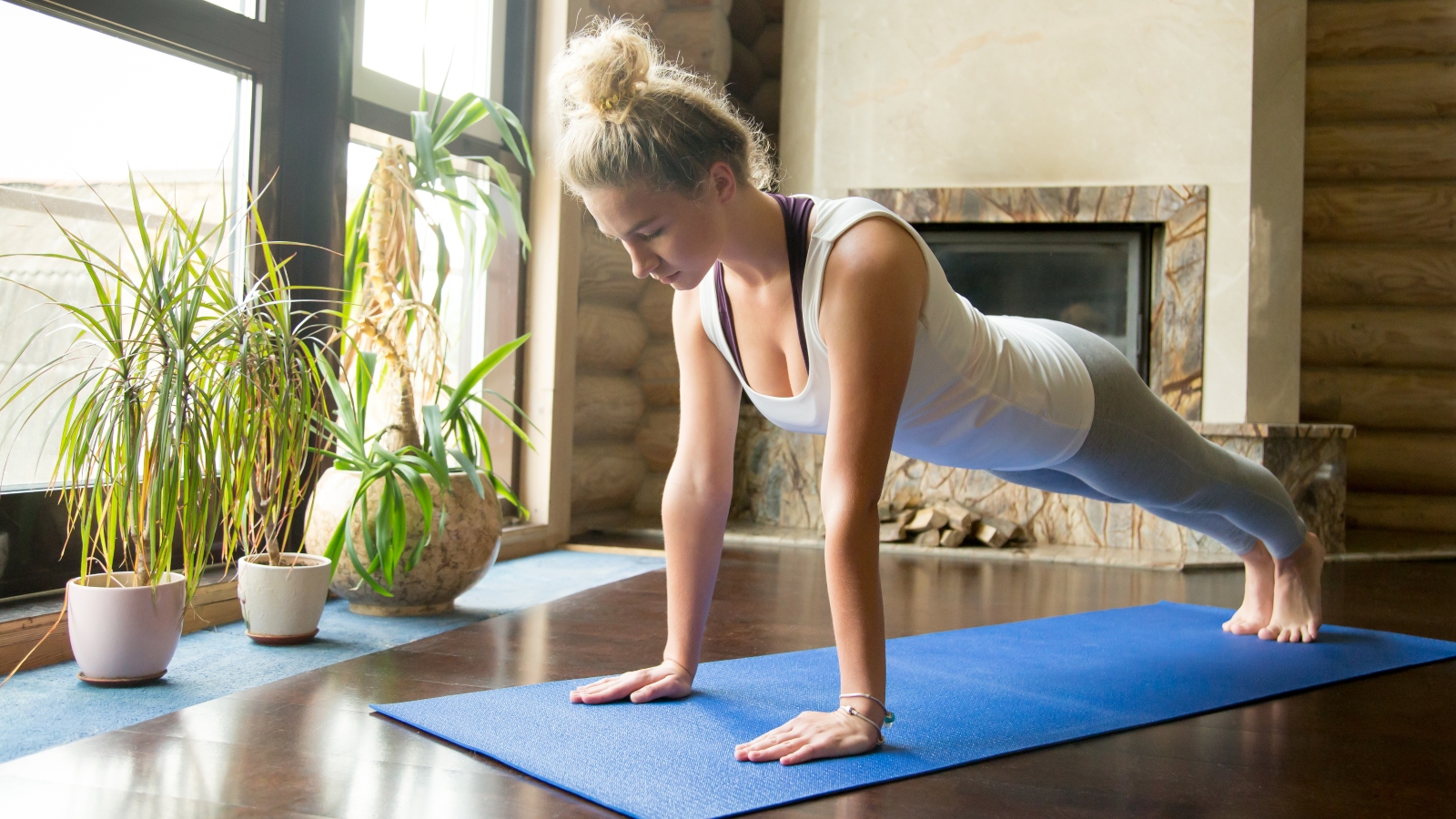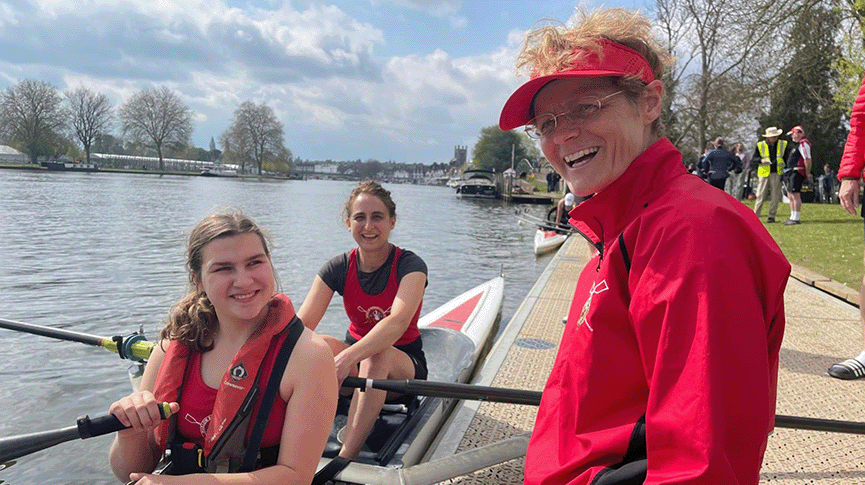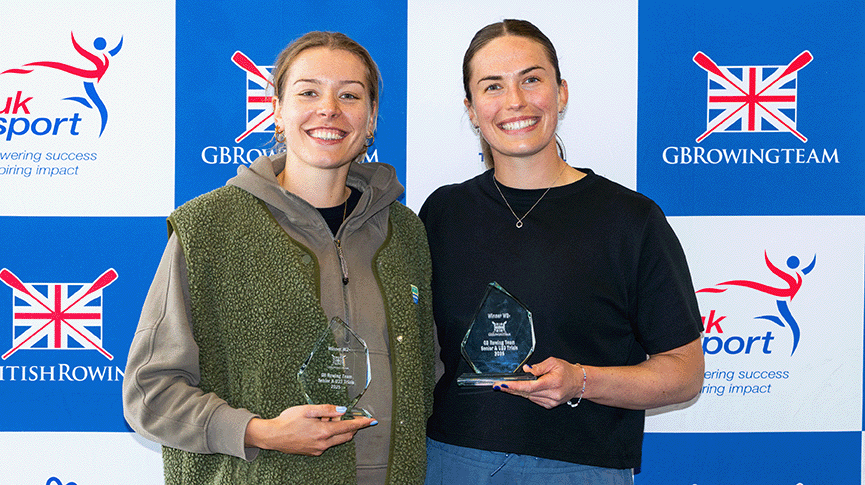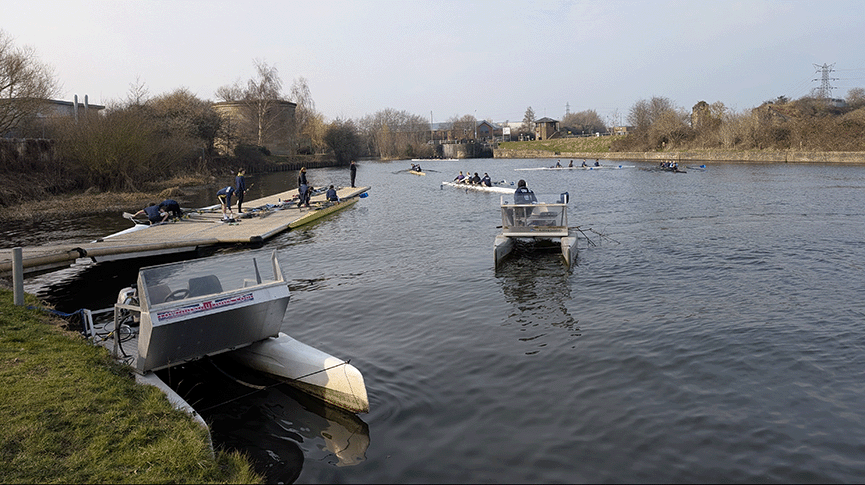Training: is it better to exercise alone or online with your clubmates?
With clubs closed because of coronavirus (COVID-19), the GB Rowing Sport Science Team reviews a survey relevant to training at this time

Photo: Shutterstock
With social distancing and self-isolation the new norm, are there differences between exercising alone or as part of a group? And if so, what are the implications that this might have for training and performance?
An interesting study from the Institute of Cognitive and Evolutionary Anthropology (ICEA) in Oxford examined the effect of ergometer rowing in synchrony or alone and how it affects levels of pain threshold. The results might affect whether you choose to train on your own, or online with the rest of the crew.
The study
Emma Cohen et al (2010) recruited the Oxford University Boat Club squad and asked them to complete four separate 45 minute ergometer training sessions at the same power output, within two weeks. The intensity is not reported, but given the length and the need to replicate the power output four times, I assume it was relatively ‘steady-state’.
The two sessions in week one were done either alone, or in synchrony with five other participants. The same two sessions were replicated in week two.
Immediately before and after each session, the athletes were subjected to a ‘pain threshold’ test which involved a blood pressure cuff being inflated around their upper arm until they felt discomfort. The level of pressure was reported and compared across trials.
Why measure pain?
Our ability to tolerate pain is related to the release of endorphins – chemicals produced by the central nervous system that lead to feelings of euphoria and have mild analgesic effects.
There was a significant increase in pain threshold following the group session
You will have heard the expression “runner’s high” that people (sometimes) experience after training, although it’s not limited just to running! Therefore, this study uses pain threshold as a surrogate marker of the rower’s endorphin levels and how they are affected by training alone or as part of a group.
The results
Firstly, the study results suggest that pain tolerance (and assumed endorphin levels) were higher than resting levels after all exercise sessions – supporting the notion of a post-exercise ‘buzz’.
Secondly, there was no difference in results between the two individual sessions in weeks one and two. This means that there was no ‘learning effect’ due to the order of sessions.
Thirdly, and probably most interestingly, there was a significant increase in pain threshold following the group session when compared to the individual training in both weeks.
What does this mean for you?
The authors conclude that, in this study, training as part of a group significantly increased pain thresholds. They suggest that this was due to synchronicity of the activity increasing endorphin release. In other words, a controlled training situation was a little easier when done with others due to an increase in ‘natural morphine’ and associated reduction in pain.
This result tallies with other research that has demonstrated that synchronous activity (such as laughing, singing and walking) increases the release of endorphins. Interestingly, the discussion also mentions the positive effect of group-induced endorphin release on social bonding within mammals.
The research
You can read the full study ‘Rowers’ high: behavioural synchrony is correlated with elevated pain thresholds’ here.
This study tested a small cohort, and the authors do acknowledge some distinct individual differences within the two groups. For instance, one athlete’s pain tolerance increased far beyond the average following one of the group sessions, while three individuals had a marked reduction in tolerance. It would have been nice to have more detail regarding the actual training session completed (such as the intensity) and (although less practical) some more direct measures of the physiological responses to exercise during the different conditions.
In conclusion, this research indirectly suggests that training with others (particularly ‘in-time’; a fairly common goal with rowers) can help you to get through some sessions – and increase social bonding with your clubmates in these particularly difficult times.
Ways to still train together online
1 – Zoom
A cloud-based platform for audio and video conferencing. Find out more here. With the free plan there is a 40-minute limit on meetings involving three or more people.
2 – Skype
A free video and voice messaging app from Microsoft. You can call up to 50 people on a group call. Find out more here.
3 – Google Hangouts
A free video, audio and messaging platform. You need a Google account to host a call, but participants can still take part with a non-Google email. Video Hangouts caters for up to 25 people, depending on which Google suite you have signed up to. More here.
This article is adapted from one written by Mark Homer, former Sport Scientist – Physiology that originally appeared in Rowing & Regatta magazine.







